‘The tyrannical rule of nature morte is, at last, over,’ announced Paul Nash in the Listener in 1931. ‘Apples have had their day.’ Since Cézanne fulfilled his famous boast that he would astonish Paris with an apple, artists had been trying the same trick in London, with limited success. Astonishment, unfortunately, only works once. Nash had had it up to here with them apples: tired of post-impressionism, tired of still life.
An electric toothbrush occupied the same place in Hamilton’s heart as Mont Sainte-Victoire in Cézanne’s
Continental ghosts haunt the tabletops of Pallant House Gallery’s informative new survey of modern and contemporary British still life. First it was the Dutch, emulated in the show’s introductory room in a Mary Moser flower painting and a ‘Still Life with Joint of Beef on a Pewter Dish’ (c.1750-60), done to a turn by the Chichester-born painter George Smith. Had other Britons followed Smith’s patriotic lead in their choice of subjects we might have developed a native strain of still life less dependent on European influence; as it is, the exhibition proper begins with William Nicholson’s 1920 ‘Silver Casket and Red Leather Box’ (see below) emulating Chardin and a bunch of fauve-light fruits in compotiers by the Scottish colourists. Meanwhile, Mark Gertler’s animated ‘The Dutch Doll’ (1926) forecasts a new wind from across the Channel, bringing surrealism.
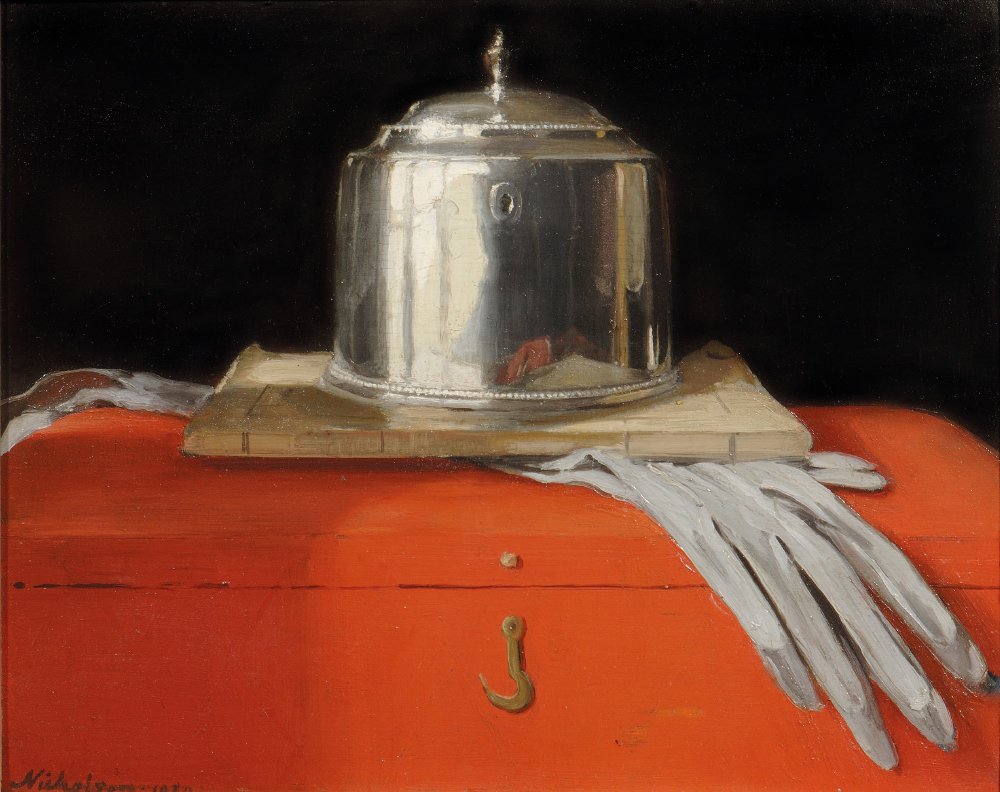
Surrealism was a gift to still-life painters, opening up the tired old nature morte repertoire to all manner of exciting new objects like the nautical odds and sods in Edward Wadsworth’s ‘Bright Intervals’ (1928). But the bright interval wouldn’t last; the vanitas returned with the second world war. Keith Vaughan’s ‘Still Life with Skull’ (1952-3) echoes Cézanne’s 1898 composition of the same title, without the apples. To see the shape of things, it helps to clear the clutter.
But already another new wind from across the Atlantic was blowing in a different kind of consumer clutter. Bruised by postwar austerity, British artists didn’t believe the promise of American pop art – Eduardo Paolozzi titled his series of pop art collages ‘Bunk!’ – but they relished cutting-edge product design. In ‘The Critic Laughs’ (1968), Richard Hamilton made an idol of his Braun electric toothbrush, crowning it with a set of teeth cast in sugar; the German company’s designs, he claimed, occupied the same place in his heart as Mont Sainte-Victoire in Cézanne’s.
Patrick Caulfield rejected the pop-art label, preferring to focus on traditional objects: the ‘Reserved Table’ (2000) in his modern restaurant interior is dominated by a giant lobster escaped from a 17th-century still life by Willem Kalf. Only the California-born Jann Haworth brings a touch of genuine Americana to the table with her soft sculpture ‘Donuts, Coffee Cups and Comic’ (1962) – a memory of teenage visits to the Big Donut Drive-In in North Hollywood made from quilted and embroidered fabric while she was a student at the Slade.
The influence of the Spanish still-life tradition – too sacral for our protestant nation? – is curiously absent. Anthea Hamilton salutes Juan Sanchez Cotan with her ‘Wild Food’ (2012), printed on a kimono, but one of Eric Rimmington’s contemporary English bodegones would have gone well in the show’s ‘Stillness and Reflection’ section. Rimmington’s beautifully painted shelf-pictures are peopled with what Nash called ‘object personages’ invested with quirky personal meanings. It may sound too obvious to need saying, but for a still-life painting to mean something to the viewer its objects must have meaning for the painter. Beside Winifred Nicholson’s infectious delight in the sun-drenched flowers in her windowsill painting ‘Vermilion and Mauve’ (c.1928), her husband Ben’s ‘1928 (striped jug and flowers)’ – all formal structure and no feeling – left me cold.
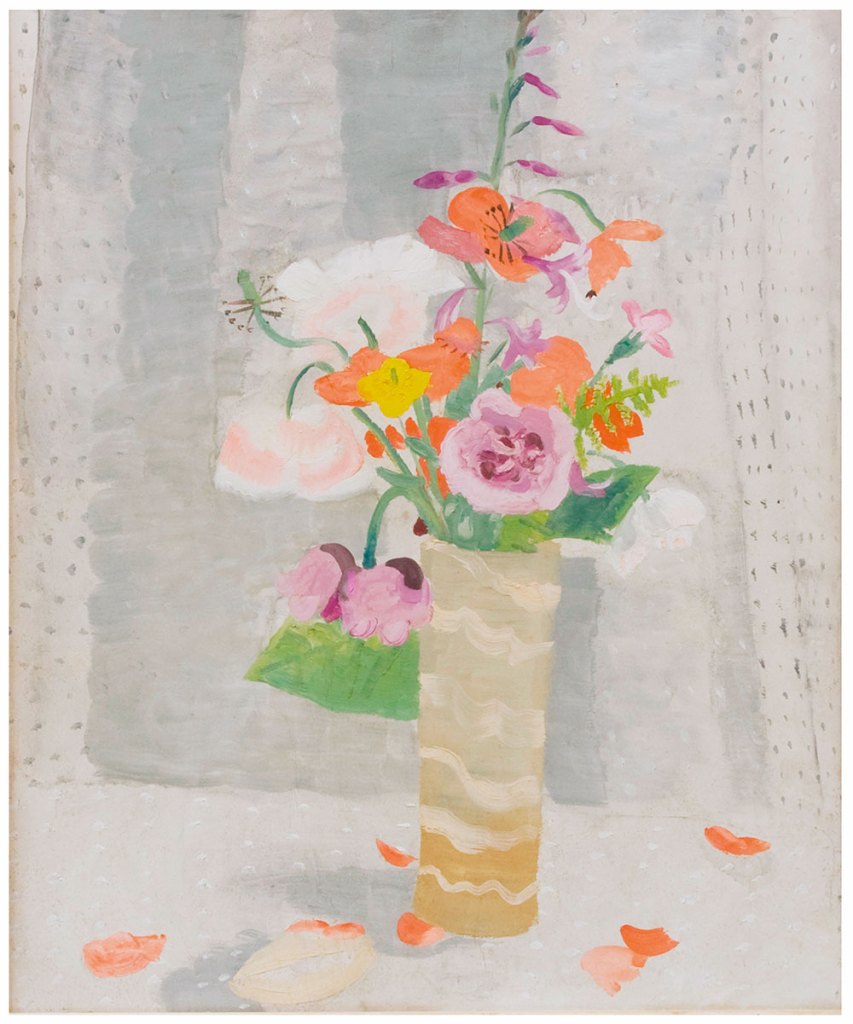
It’s the discovery of the unfamiliar in the familiar which makes still life interesting
The work of another European still-lifer, Italian this time, is subverted by two contemporary artists. For his photographic print ‘Evertime 05’ (2018), Ori Gersht lined up replicas of Giorgio Morandi’s vessels before shooting them with an air rifle and a camera. Nothing still about that, or about the porcelain-white crocks in Jane Simpson’s ‘Our Distant Relatives’ (2004) which – deceptively cast from silicone rubber – are designed to quiver when you pass.
Is there still life in British still life? There’s cartoon humour in Glenn Brown’s ‘Saint Bimbo’(2024), an anthropomorphised turnip borrowed from a 17th-century painting by Bartolomeo Bimbi, and gallows humour in Mat Collishaw’s ‘Last Meal on Death Row (Louis Jones Junior)’ (2012), one of a series of photographic representations of final menus ordered by American prisoners before execution. To adapt the song lyric, contemporary still life is not a bowl of cherries, but we can live and laugh at it all.
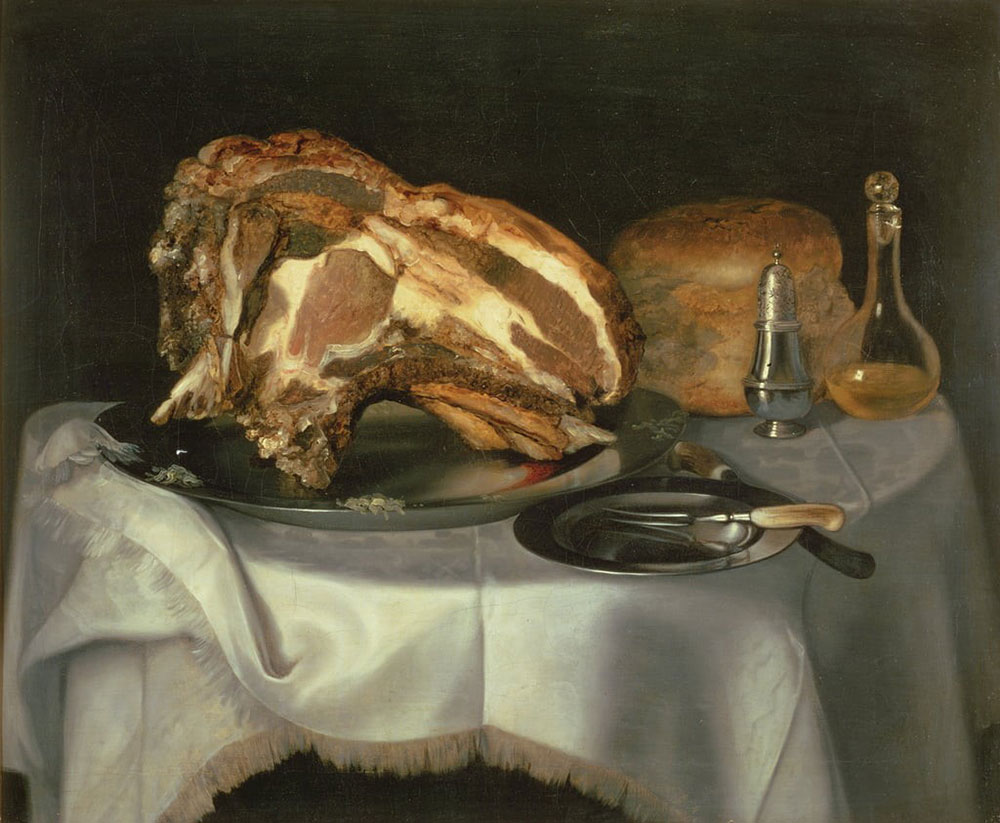
Ernst Gombrich thought that without ‘the discovery of the familiar in the unfamiliar’ the still life tradition would lose its meaning, but it’s the discovery of the unfamiliar in the familiar that makes the genre interesting. In The Mayor of Casterbridge, Thomas Hardy describes his heroine Elizabeth-Jane, exhausted from watching by her mother’s sickbed, wondering confusedly ‘why things around her had taken the shape they wore in preference to every other possible shape’. An artist who has never asked that question is unlikely to find meaning in still life.


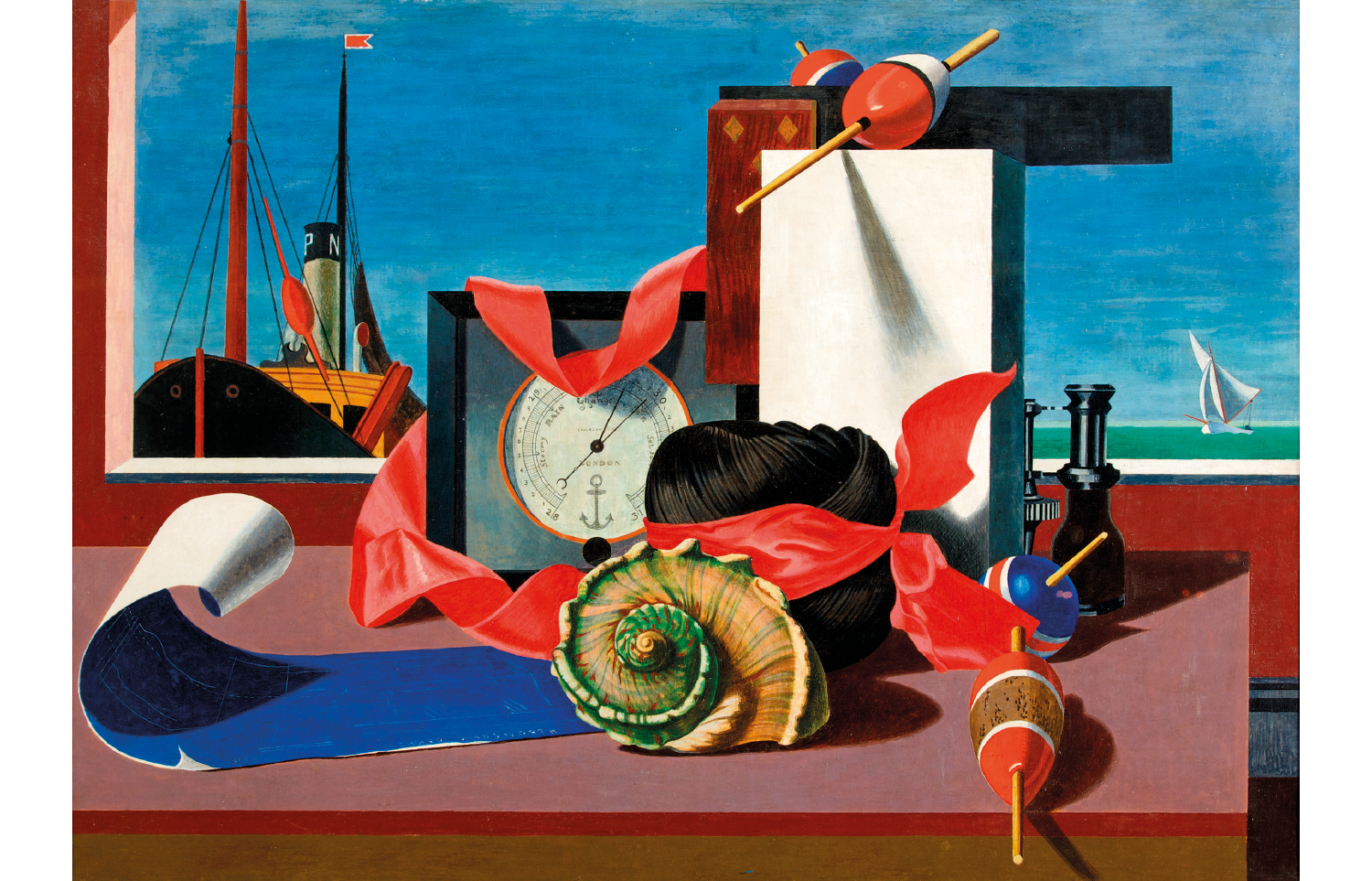
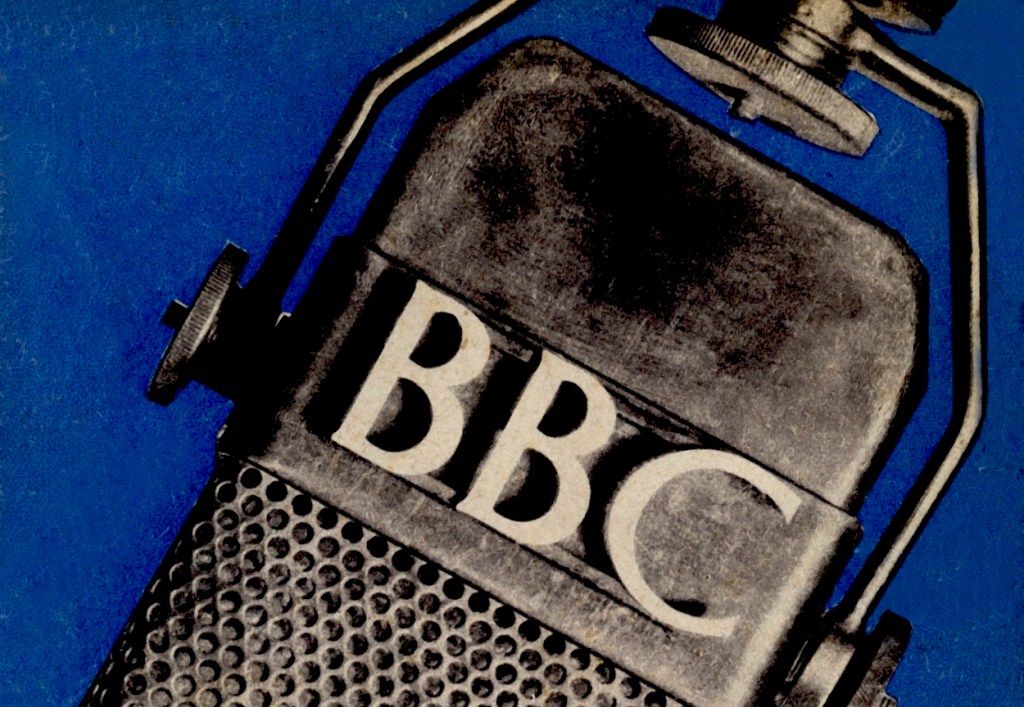




Comments